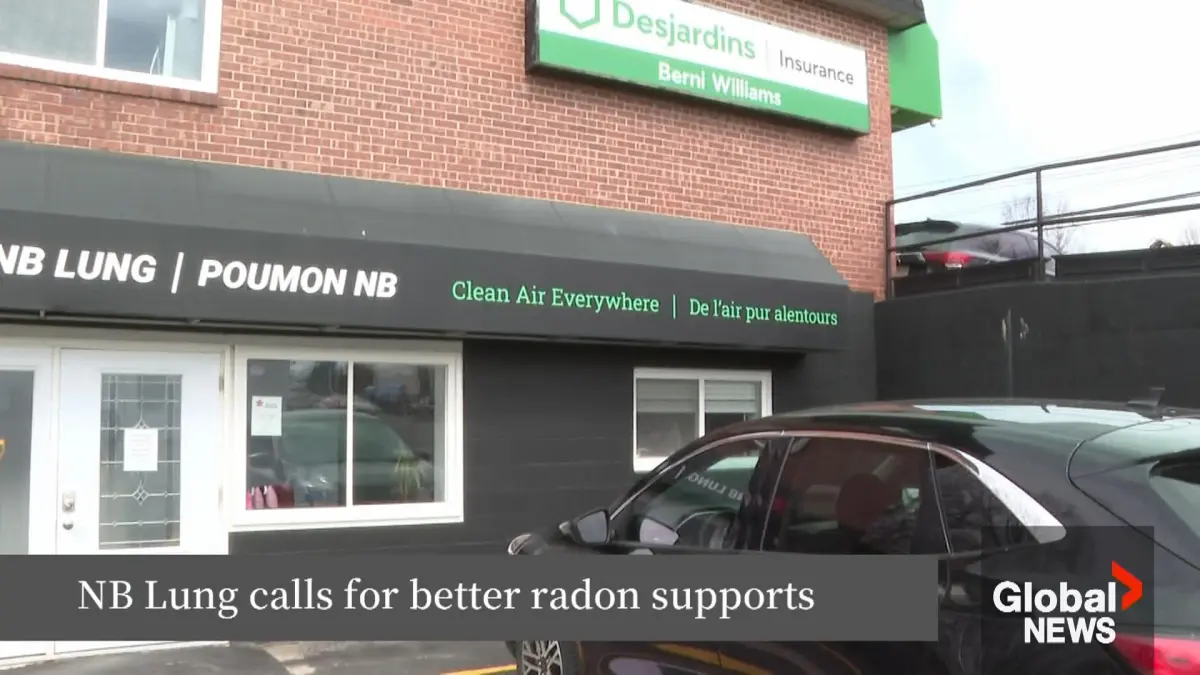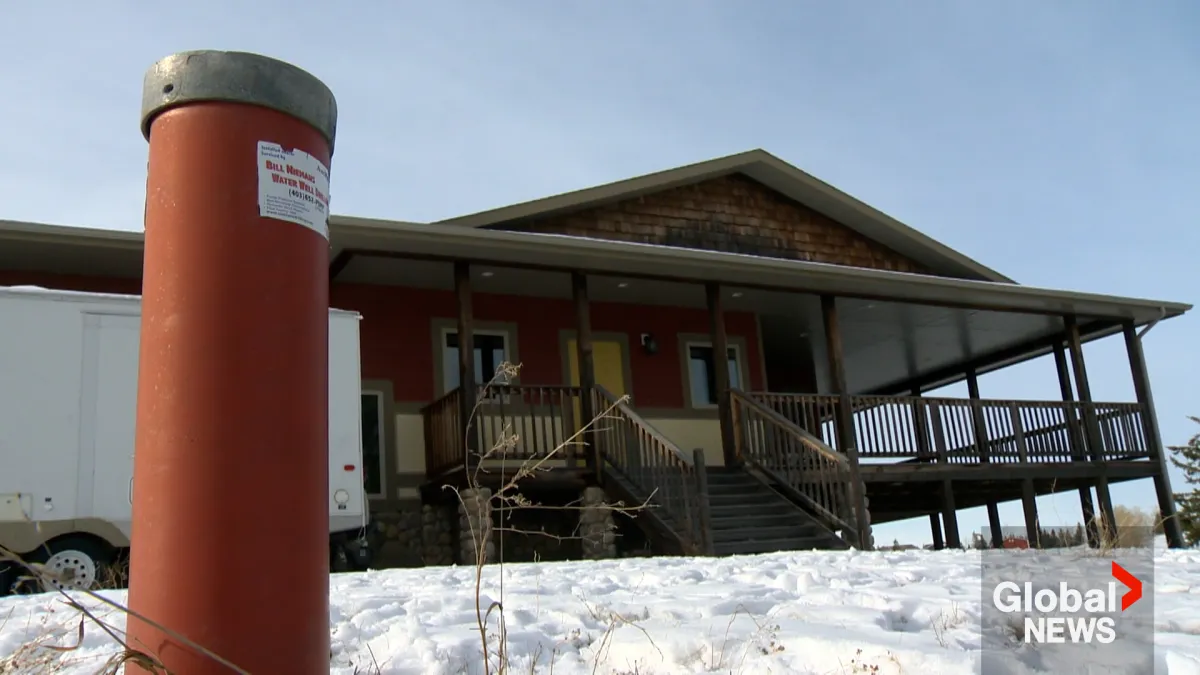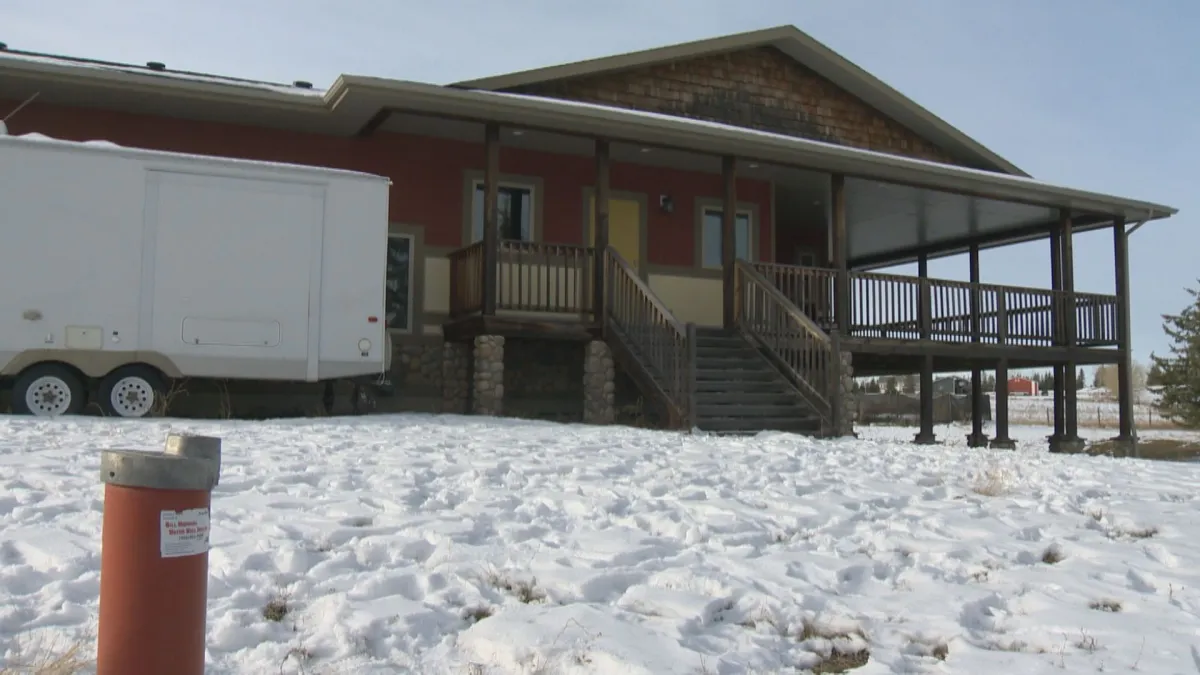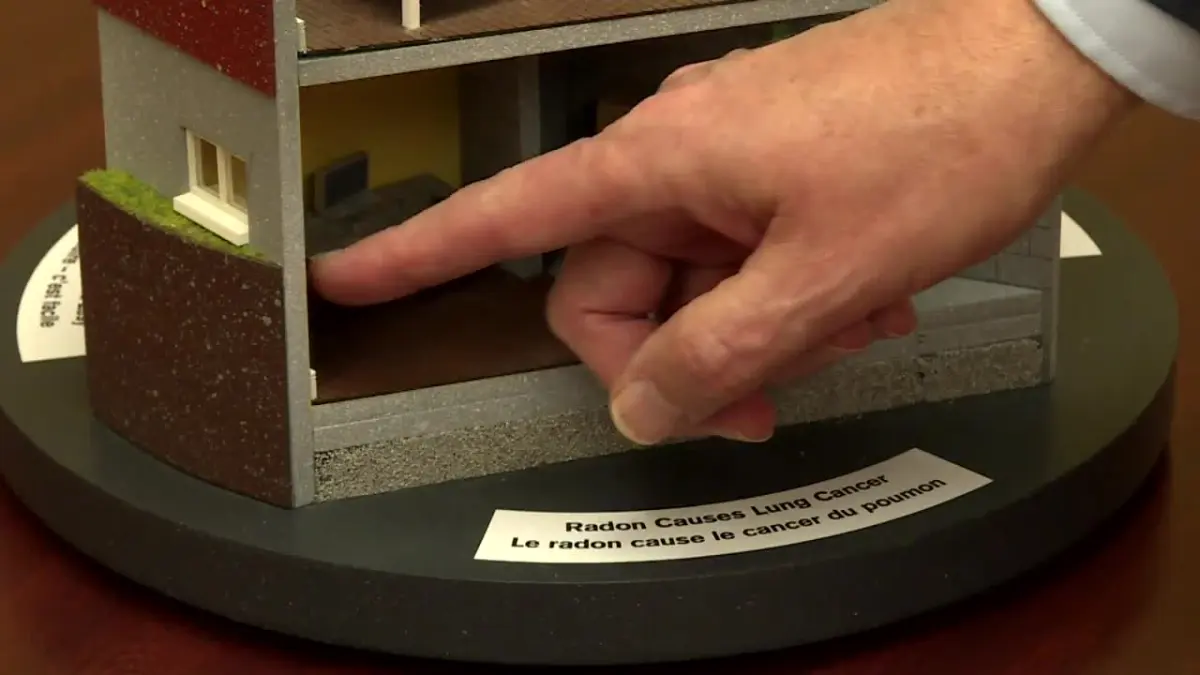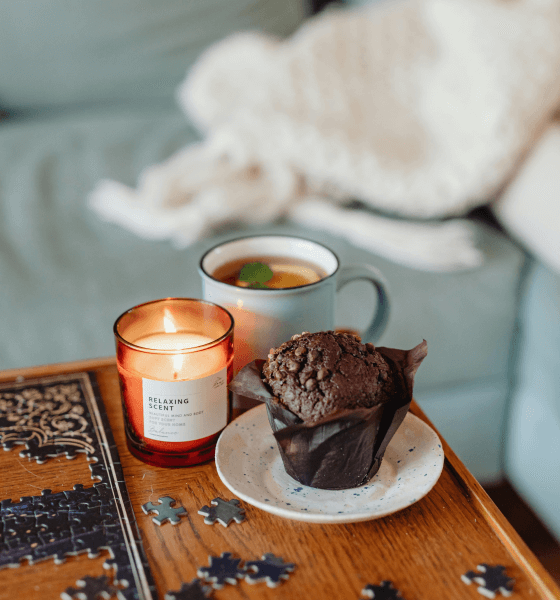

Exposure to radon gas is the second leading cause of cancer, according to a new country-wide study led by a researcher at the University of Calgary.

The authors say the study, released Wednesday, is the first comprehensive update on radon exposure in Canada since 2012.
It says nearly 17.8 per cent, or 10.3 million Canadian homes, contain dangerous levels of the cancer-causing gas. That’s more than double the 7 per cent of households that were estimated to have radon levels in the last major study in 2012.
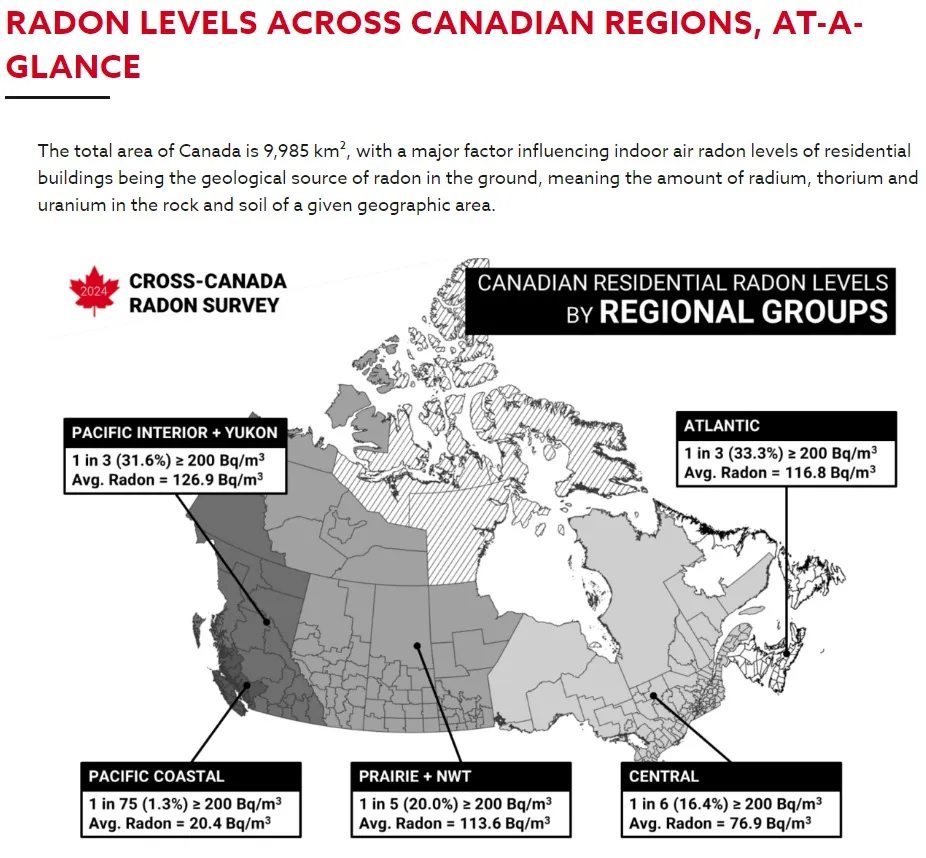 View image in full screen
View image in full screen
Radon is a colourless, odourless, radioactive gas that forms naturally when uranium, thorium or radium — radioactive metals — break down in rocks, soil and groundwater.
Exposure comes from breathing radon in air that enters buildings and home through cracks and gaps and increases the risk of lung cells transforming into a cancer, especially if they are exposed over many years or to very large amounts of radon.
Health Canada’s guideline for radon is a level of 200 Bq/m3 and if they are above that, the Canadian Cancer Society says the homeowner should work with a professional to get them lowered.
The study “provides a greater understanding of how people living in Canada in the 2020s are being exposed to radon across our diverse communities, houses, and regions,” says Dr. Aaron Goodarzi, a professor of biochemistry and molecular biology at the University of Calgary’s Cumming School of Medicine.
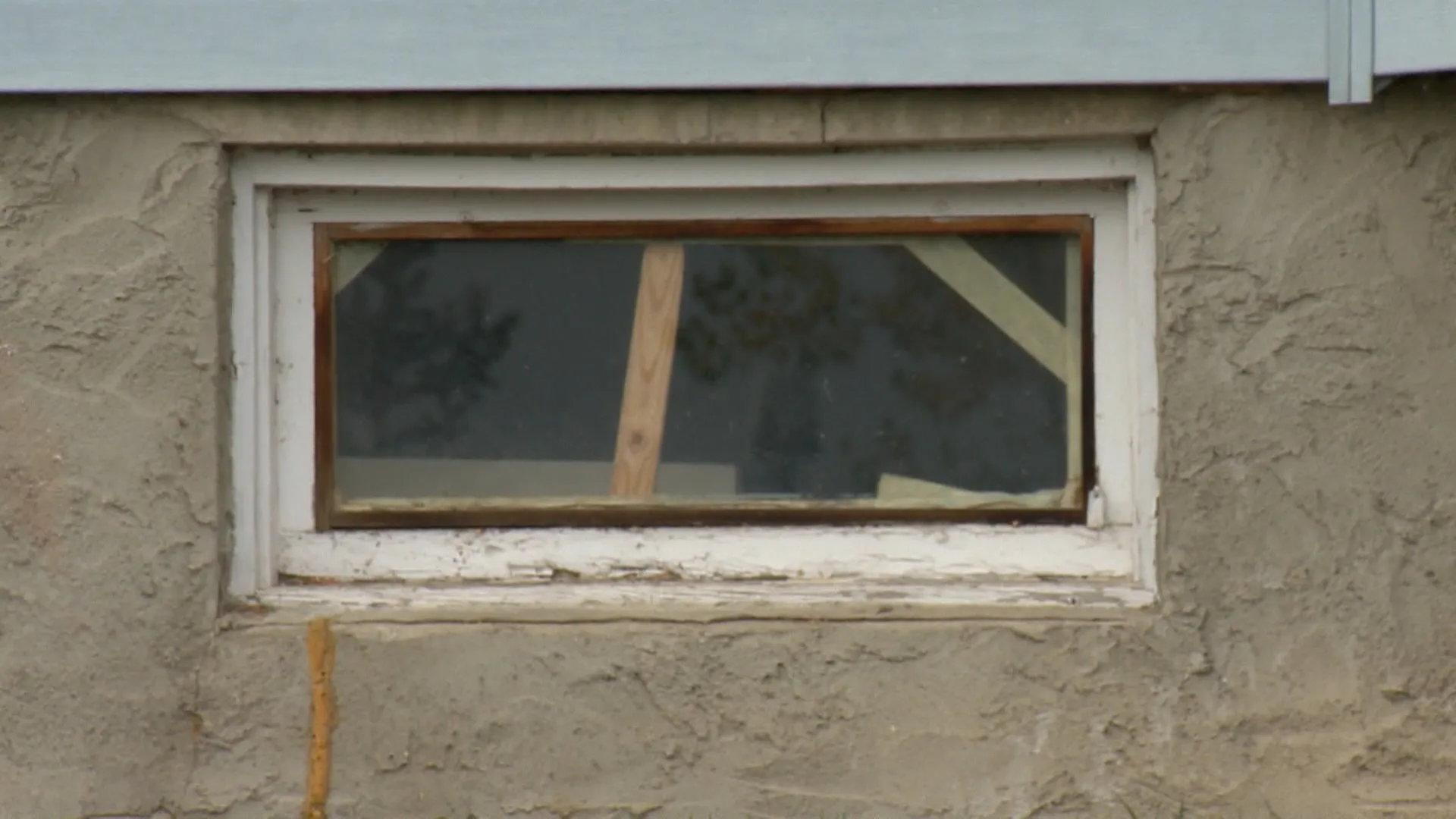 View image in full screen
View image in full screen
The 2024 study included 75,000 readings from urban and rural residential buildings across Canada.
The report also contains five times more readings than the 14,000 taken in 2012.
“From my perspective as a researcher studying this over the past 10 years, it’s no surprise. As a lung cancer prevention advocate, of course it is alarming,” said Goodarzi.
In Calgary and Edmonton, the report says about one in six properties have radon levels at or above Health Canada guidelines.
In the communities of High River, Okotoks and Strathmore, at least one quarter to half of residences contain radon at or above 200 Bq/m³.
Some of the study’s other key findings include:
Goodarzi said the rise in radon could be partially because readings were taken on a ground floor or in a basement compared to the rest of a home.
He said new home builds are also more energy efficient and trap radon inside.
“Canadians are among the most highly radon-exposed people on Earth, and that means we urgently need to address this to avoid a future of prevalent but otherwise avoidable lung cancers,” Goodarzi added.
People need to install radon detectors in their homes and take measures to remove high levels of the gas, added Goodarzi.
He also hopes changes will also be made in the construction of new homes to account for radon.
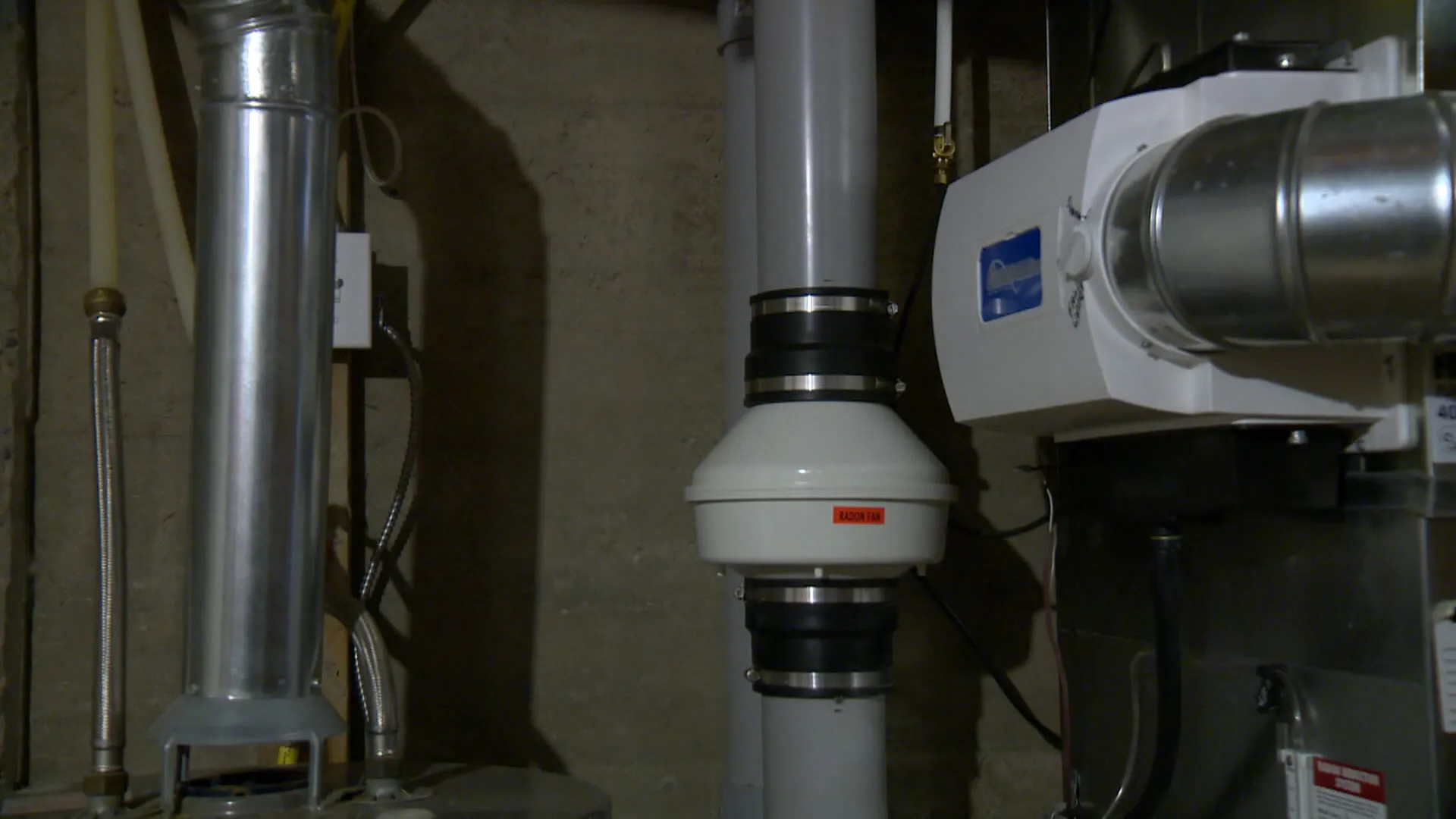 View image in full screen
View image in full screen
The report was funded by the Canadian Institutes of Health Research Healthy Cities Research Initiative, Health Canada, the Alberta Real Estate Foundation and the Canadian Cancer Society.
The coalition of researchers includes scientists from Health Canada and CAREX Canada.
“I’m very concerned. I think the data accuracy of the new report is more robust,” said Allison Wallace, a thoracic surgeon at the QEII Health Sciences Centre in Halifax and co-author of the report.
“It’s more real numbers and people should take it seriously.”
The Lung Health Foundation praised the report for its “clear and urgent message.”
“We now know that nearly 18 per cent of Canadian homes contain dangerous radon levels that require swift action. It’s worse than we previously thought,” said Jessica Buckley, president and CEO of the foundation
“We think it will inspire a record-breaking number of Canadians to test their homes and workplaces.”
